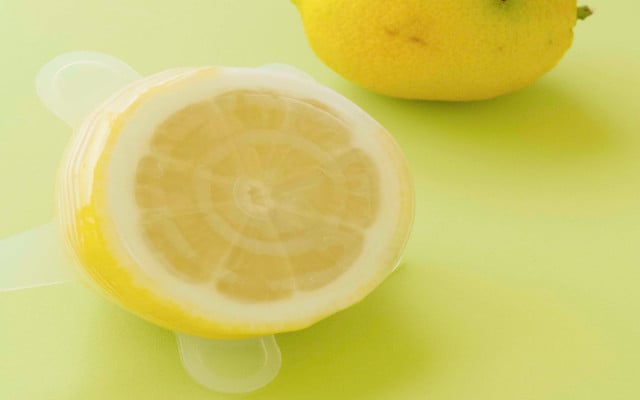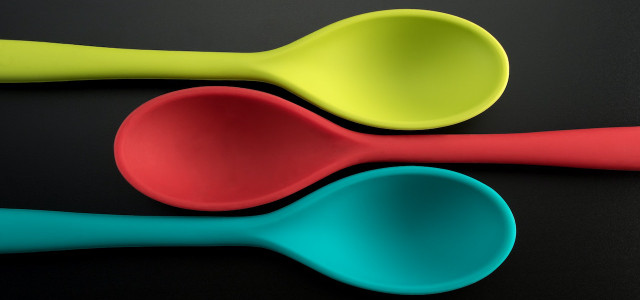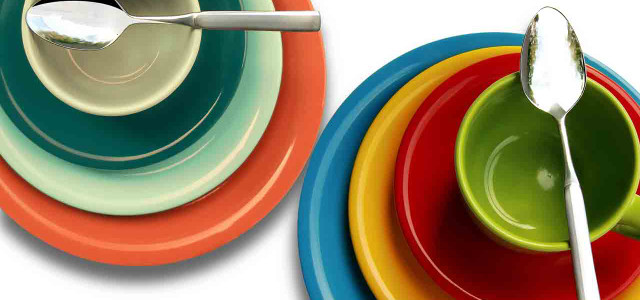Silicone has made a name for itself in the fight against single-use plastics. Go into any store and you’ll find the flexible and often brightly colored products lining the shelves. But is silicone really better than plastic? We’ll take a look at what it is and how to use it safely.
It looks like plastic, it is used like plastic… so is silicone plastic? No! While it may look similar, and share some of the same qualities as plastic, silicone has a different chemical composition. It’s a man-made elastomer (essentially a synthetic rubber) made up of carbon, hydrogen, oxygen, and silica.
Silica (silicon dioxide) is the primary compound in sand and the most common source of silicon. Although there is plenty of sand available on earth, it is not an unlimited resource. That being said, silicone is much more than just sand. It’s a hybrid material meaning both renewable and non-renewable resources are needed to create it.
Did You Know? In order to make silicone, large volumes of quartz sand are heated to extremely high temperatures (up to 1800°C).
Pros & Cons of Silicone

Plastics are so integrated into daily life; it’s hard to imagine going without them. There’s plenty of evidence to show that plastics are polluting our oceans, leaching chemicals into our bodies, and take ages to break down. This is why alternatives are needed. But is silicone better than plastic? In a lot of ways, yes. You just need to be careful with how you use it.
Pros:
- naturally flexible
- doesn’t break down into micro fragments
- easy to clean and dishwasher safe
- stain resistant/odorless
- heat resistant and (mostly) oven safe
- hypoallergenic/doesn’t have open pores to harbor harmful bacteria
- extremely durable and made to be reused over and over
Cons:
- not naturally renewable or biodegradable
- unstable when heated too high (over 300°F)
- not completely inert, meaning there is the possibility of leaching siloxanes
- quality can vary drastically from product to product
- difficult to recycle, and not infinitely recyclable (often down-cycled)
- requires the use of natural resources and fossil fuels
Studies show that siloxanes are generally well-tolerated by our bodies, however, some types are endocrine disrupters and linked to certain cancers. For the majority of household uses, this will never be an issue. However, you should think twice about using silicone for extended periods of time at high heat.
Silicone: Practical Uses as a Plastic Alternative



Silicone is found in a large variety of products, including shampoos and soaps, cosmetics, implants, medical supplies, bathroom caulk, and even electrical insulation. Well-known household uses of silicone products as plastic alternatives include:
- menstrual cups
- oven gloves and pot holders
- cups and mugs
- parchment paper alternative
- kitchen utensils and muffin cups
- storage bags
Tip: Not all silicone products are created equal. Be sure to look for high-quality food grade or medical silicone as they don’t contain any chemical fillers and are free of BPA, BPS, and phthalates. Additionally, you can check a product yourself by pinching or twisting it: avoid products where the silicone changes color.
Sustainability and Safety Tips
- Be sure to follow the care instructions for your silicone products to maximize its lifespan.
- Recycle silicone at the end of its life. Certain companies, like Stasher Bags and Net Zero Co., have recycling programs for their silicone products.
- Continue to use any plastic products at home as long as possible rather than replacing them all at once.
- Glass, steel, and wood products are a more sustainable alternative to plastic and silicone in many cases.
- For products like baby soothers and bottles, natural rubber is a better choice.
Do you like this post?







